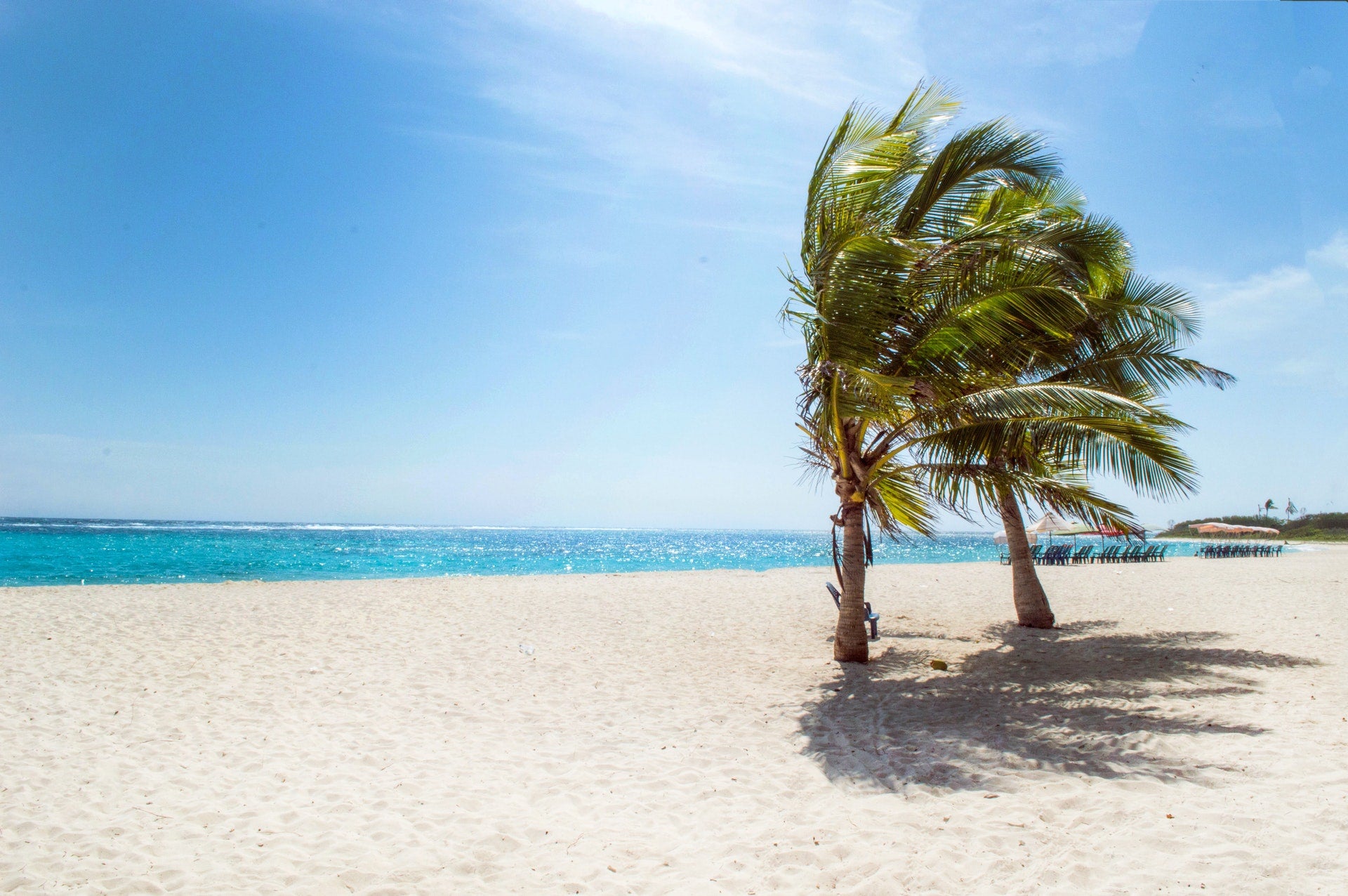Did you know that UV radiation in Australia is strong enough to cause sunburn in as little as 10 minutes on a fine January day?
As we head into summer, it’s important to know how to best protect ourselves from being exposed to UV and sunburn.
What is UV radiation?
Ultraviolet (UV) radiation is a type of radiation that is produced by the sun and some artificial sources, such as solariums. Excessive exposure to UV causes permanent damage to the skin and may lead to skin cancer.
The three types of UV radiation (based on wavelength) are UVA, UVB and UVC. The earth’s atmosphere absorbs nearly all of UVC radiation (the most dangerous type) before it reaches the ground.
UVA and UVB radiation are both involved in sunburn, but skin reacts differently to each type of radiation:
• UVA – penetrates into the deeper skin layers and damages the sites where new skin cells are generated. Too much UVA radiation leads to roughening, dryness, blotchiness, wrinkling and sagging of the skin. High doses of UVA radiation can also cause sunburn, damage to genes in skin cells and skin cancer.
• UVB – is even more dangerous than UVA radiation, causing tanning, burning, ageing, skin damage and significantly promoting the development of skin cancer. It affects the surface skin layer. The skin responds by releasing chemicals that dilate blood vessels. This causes fluid leakage and inflammation – better known as sunburn.
How to protect your skin
Prevention is best. It is recommended to use a combination of sun protection measures:
1. Slip on some sun-protective clothing that covers as much skin as possible.
2. Slop on broad spectrum, water resistant SPF30 (or higher) sunscreen. Put it on 20 minutes before you go outdoors and every two hours afterwards, or after swimming, exercising or towel drying. Sunscreen should never be used to extend the time you spend in the sun. We recommend the Cancer Council Ultra SPF 50+
3. Slap on a hat – broad brim or legionnaire style to protect your face, head, neck and ears.
4. Seek shade.
5. Slide on some sunglasses – make sure they meet Australian Standards.
Babies under 12 months should not be exposed to direct UV and should be well protected from the sun. Always try to keep babies and children in the shade and use clothing to cover most of their body. Very small amounts of child-friendly sunscreen like the Cancer Council Kids Peppa Pig Sunscreen SPF 50+ 500ml can be used on uncovered areas such as the face and hands whenever children are exposed to the sun.
Remember, UV radiations aren’t linked to temperature. Don’t reply on the temperature to gauge when you need sun protection. It is recommended to use sun protection whenever the UV index is forecast to be 3 or higher.



